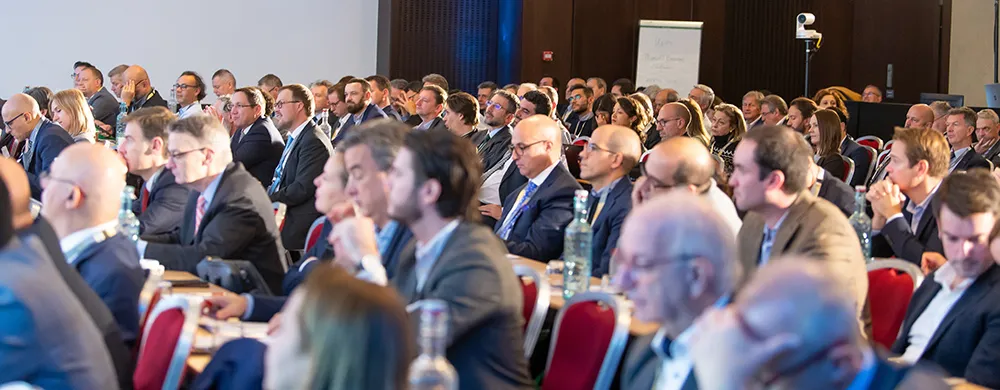Capital markets financing for infrastructure projects can help bridge the infrastructure gap, President of the European Bank for Reconstruction and Development (EBRD) Sir Suma Chakrabarti told the inaugural Global Infrastructure Forum 2016 in Washington.
Addressing development partners, Sir Suma said: “Emerging markets and development economies, supported by the multilateral development banks, need to re-double their efforts to create the right conditions for capital market transactions for infrastructur
April 18, 2016
Read time: 1 min
Capital markets financing for infrastructure projects can help bridge the infrastructure gap, President of the European Bank for Reconstruction and Development (EBRD) Sir Suma Chakrabarti told the inaugural Global Infrastructure Forum 2016 in Washington.
Addressing development partners, Sir Suma said: “Emerging markets and development economies, supported by the multilateral development banks, need to re-double their efforts to create the right conditions for capital market transactions for infrastructure.”
He added: “Acting as catalysts for investment by others, international financial institutions can provide a much needed multiplier effect.”
The President also highlighted the importance of adequate capital market laws, enabling legislation, regulatory stability and the sustainability of infrastructure funding from the public sector.
He called on development partners to help countries create the right environment to allow accelerated infrastructure investment on a global scale.
Addressing development partners, Sir Suma said: “Emerging markets and development economies, supported by the multilateral development banks, need to re-double their efforts to create the right conditions for capital market transactions for infrastructure.”
He added: “Acting as catalysts for investment by others, international financial institutions can provide a much needed multiplier effect.”
The President also highlighted the importance of adequate capital market laws, enabling legislation, regulatory stability and the sustainability of infrastructure funding from the public sector.
He called on development partners to help countries create the right environment to allow accelerated infrastructure investment on a global scale.










